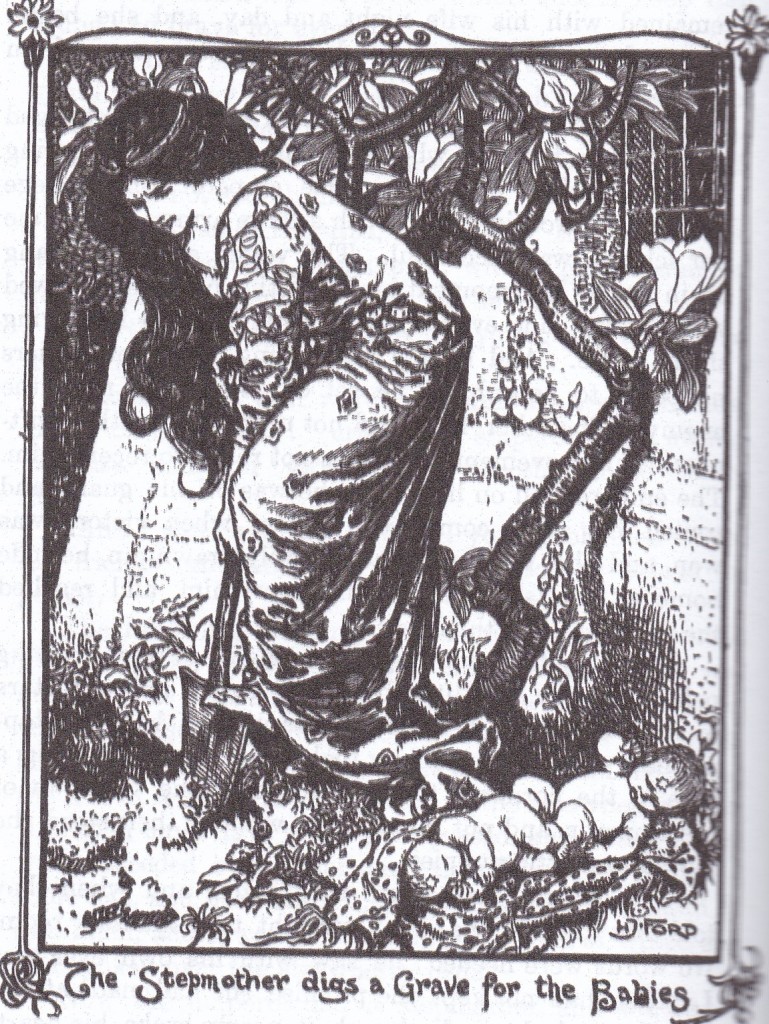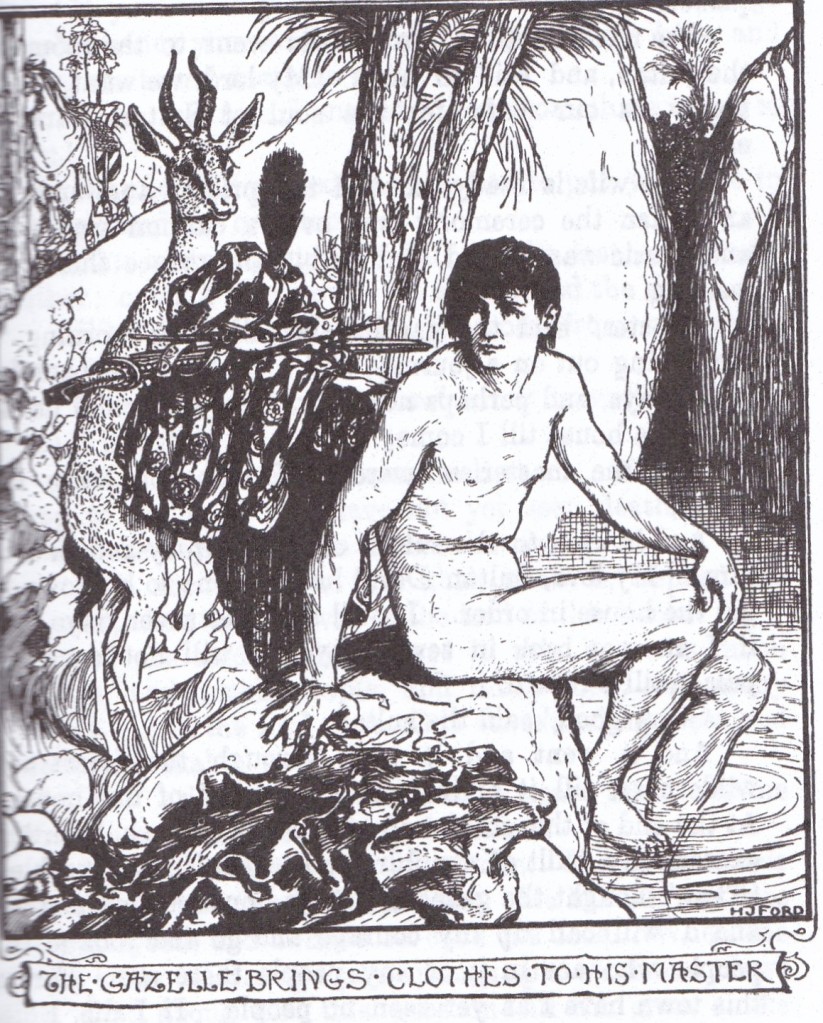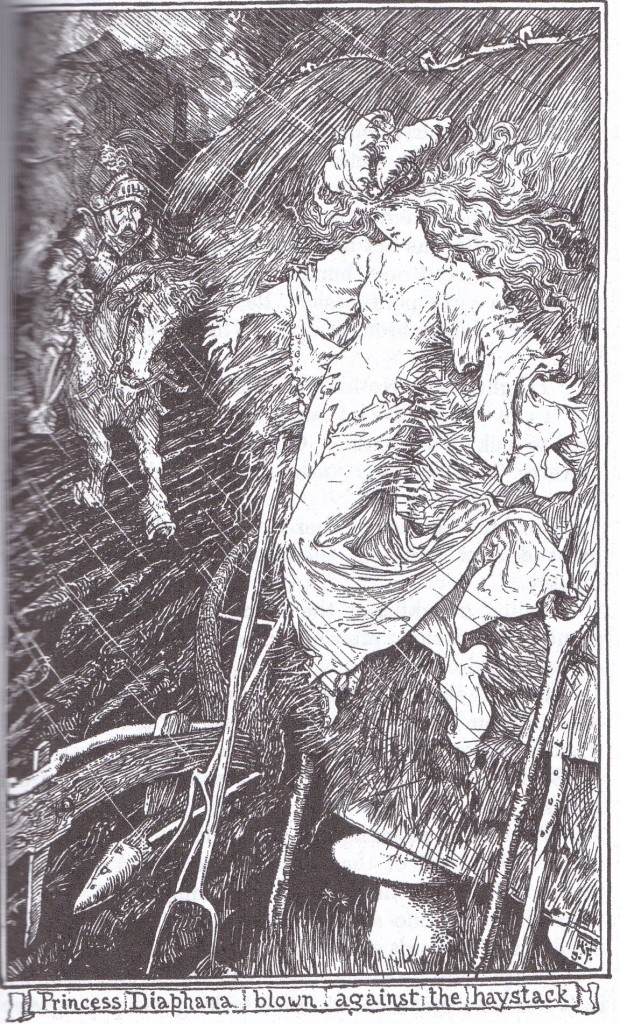
0 stars
First Sentence: “I found her there this morning, paws up,” said Doña Elodia pointing to the spot on the beach where trash brought in or churned up by the sea collected: branches, plastic bags, bottles.
Thoughts: Oh my God. Y’all. Y’ALL. It is still June and already I have three candidates for Worst of the Year on my review spreadsheet. I have a feeling this one is going to win because any other book is going to have to suck harder than a supermassive black hole to beat this UTTER DRECK.
First of all, as the cover indicates, the titular bitch is (in theory) a female dog. And, yes, the dog does die. Horribly. That is why I flung this waste of paper across the room when I finished. When I think of all the rolls of toilet paper that could have been instead of this book….
In fact, the whole thing begins with a dead dog. Cheerful! The paws-up pooch in the first sentence left a litter of puppies behind. Doña Elodia gives one of the puppies, the only female, to Damaris, who takes it home and hand-feeds it until it gets big enough for solid food. Damaris loves the dog immediately, seeing it as the surrogate for the child she has not and will not have. She keeps claiming that she’s forty and “dried up” but I would suspect the fact she and her husband a) have not had sex in years and b) do not have access to modern fertility treatments and c) her husband is resistant to what fertility treatments are available due to his excess machismo would be the reason, but what do I know. I’m just some arrogant American living in a country where women are rapidly losing their reproductive rights and bodily autonomy.
I want to note that Damaris carries the puppy, Chirli, around in her bra. Now I am not a flat-chested woman, but I have a hard time figuring out how I would carry a whole-ass puppy around in my bra. It’s kind of full already. There’s no room for dogs in there. Seriously. I just looked inside my shirt and even with a sports bra there’s no place to put a puppy. Not without painful scratches in a place I don’t really want to be scratched.
But then Damaris is the kind of person who pays for things with bra money so that tells you all you need to know about her as a person right there.
Damaris loves the puppy at first. Her husband, Rogelio, isn’t quite as entranced, but he puts up with it. Then Chirli runs away to the jungle. She doesn’t come back for a little over a month. During that time, Damaris and Rogelio rekindle their relationship, but it ends when he yells at her for dropping a mug. Y’all, I think I found the real reason why they don’t have kids.
When Chirli comes back, she’s pregnant. Rogelio has to point this out to Damaris who immediately hates the dog. This is supposed to be some kind of statement on the dog as representative of Damaris and all she can’t be, but it falls flat. I Google Translated some of the Spanish reviews of the book on Goodreads, and it appears it’s as obscure in the original language as it is in English.
The puppies are born and Chirli immediately eats one. The rest of them she barely tolerates. Ah, I see the Chirli-Damaris connection now. Damaris sets about finding homes for the puppies. One woman, Ximena, wants a female puppy. She wanted one from the original litter Chirli came from, but Damaris got it first. There was one female in the litter, so Damaris sets it aside for Ximena. After a week Ximena hasn’t shown up, so Damaris gives the puppy to a tourist. Ximena shows up wanting her bitch so Damaris gives her Chirli, the dog she loved SO MUCH up until the point she got pregnant.
Ximena takes Chirli back to her drug den house. Chirli runs away. Damaris takes her back. Chirli runs away again. Damaris ties a rope around her neck and straight up strangles her. Then she sees Ximena coming up to the house. Damaris goes into a crisis, wondering if she should jump off a cliff or run away into the jungle to be eaten by whatever large predator is passing by. Sadly, she does not. I spent the last three pages wanting her to die and she didn’t and I wish she had. That’s why I threw the book across the room.
I’m leaving out a whole subplot about the people who owned the estate Damaris and Rogelio lived on and Damaris’ relatives who didn’t like her because she’s a horrible person and a little boy who was swept away by a wave when Damaris was little because they were all pointless and had no bearing on anything. Seriously, folks, this book is effing awful and no one should ever read it. If you have even the slightest positive feeling towards Canis lupus familiaris, do not touch this book with your hands, eyes, or any other sense-transmitting organs.





















